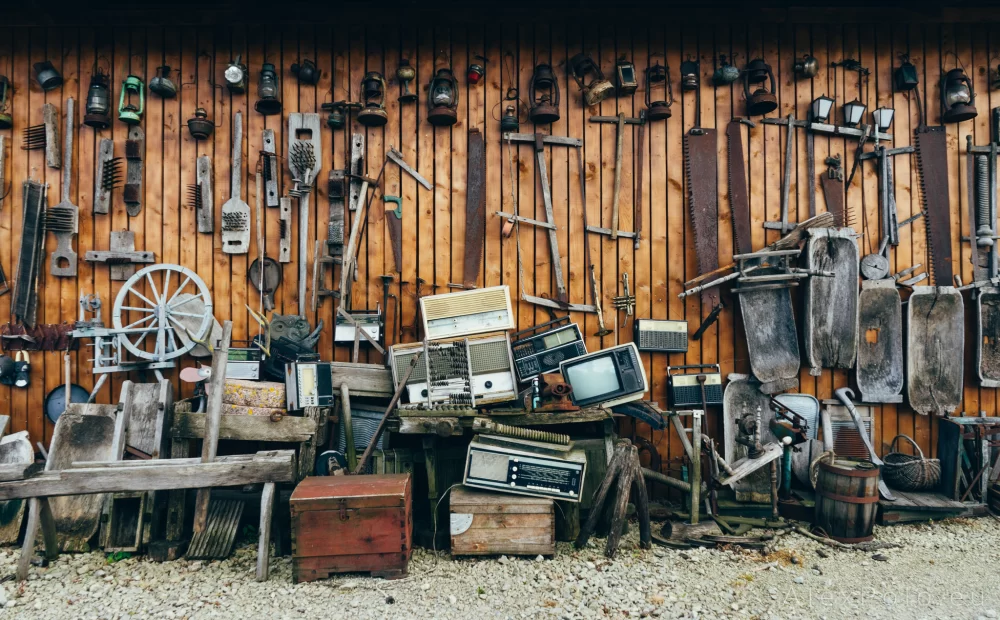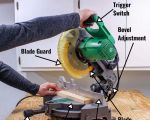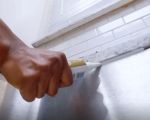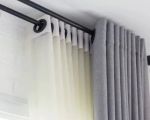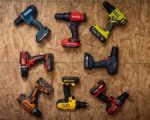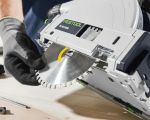How to Solder Copper Pipes DIY: A Step-by-Step Guide
When I first tackled the task of soldering copper pipes, I was intimidated by the thought of using a torch and molten metal in such a delicate home improvement project. However, after a bit of practice and learning, I found that with the right tools, patience, and attention to detail, soldering copper pipes was not only doable but also incredibly rewarding. Whether you're replacing a leaking pipe or installing a new faucet, soldering copper pipes is a key skill for any DIY plumber.
1. The Tools You'll Need for Soldering Copper Pipes
Before jumping into the soldering process, it's essential to gather all the necessary tools and materials. Here’s a list of the basics you’ll need:
- Copper pipe: Make sure to choose the right size and length of pipe for your project.
- Soldering torch: A propane or MAPP gas torch will work perfectly for soldering copper pipes.
- Pipe cutter: This is crucial for cutting your copper pipe to the right size.
- Flux: This chemical compound helps the solder adhere to the copper pipe and prevents oxidation.
- Solder: You’ll need lead-free solder specifically designed for copper piping.
- Brush: Use a wire brush to clean the pipe ends before soldering to ensure a strong bond.
- Heat-resistant gloves: These will protect your hands from the heat when working with the torch.
- Safety glasses: Always wear these for protection when using a torch or working with hot materials.
Having all the right tools at hand will make the soldering process much smoother and safer. Make sure everything is organized before you start so you don’t have to waste time looking for supplies in the middle of the job.
2. Preparing the Copper Pipes for Soldering
The next step is preparing your copper pipe and fittings for the soldering process. This is a crucial part of the job, as clean pipes will allow the solder to bond properly. Here’s what I did:
- Cutting the Copper Pipe: I used my pipe cutter to cut the copper pipe to the required length. Ensure the cut is as straight as possible. If it’s not, the fitting won’t align properly, and you may struggle to get a good solder joint.
- Cleaning the Pipe: After cutting the pipe, I used a wire brush to clean the ends. I scrubbed both the inside of the fitting and the outside of the pipe to remove any debris, dirt, or oxidation. Cleaning is vital because any grime left on the copper can prevent the solder from adhering properly.
- Applying Flux: I then applied a thin layer of flux to the cleaned ends of the pipe and inside the fitting. Flux helps to prevent oxidation during the heating process and ensures the solder flows evenly into the joint.
These prep steps are essential for a successful soldering job. Taking the time to clean and prepare your materials will pay off with a stronger, leak-free joint.
3. Soldering the Copper Pipes
Now it’s time to fire up the torch and get to work! Soldering copper pipes might seem intimidating, but it’s quite straightforward once you understand the process.
- Heating the Joint: I started by igniting my torch and directing the flame at the joint between the pipe and fitting. I moved the flame back and forth, focusing on the area where the two pieces meet. The goal here is to heat the joint evenly, not to directly melt the solder with the flame.
- Checking the Pipe Temperature: To know when the pipe is hot enough for the solder to flow, I would periodically touch the pipe with the solder. Once the pipe is the right temperature, the solder will begin to melt and flow into the joint.
- Applying Solder: I held the solder against the joint, allowing it to melt into the gap between the pipe and the fitting. I made sure to move the solder around the joint, filling it completely. It’s important to feed the solder slowly to avoid overfilling or creating a messy joint.
After applying the solder, I quickly removed the flame and allowed the joint to cool. It only takes a few seconds for the solder to set, so make sure not to disturb it during this time.
4. Inspecting and Testing the Joint
Once the joint has cooled, I wiped away any excess flux using a damp cloth. This is important because leftover flux can corrode the pipe over time if not cleaned off. After that, I carefully inspected the joint for any gaps or holes where the solder didn’t flow properly. If there were any imperfections, I would go back and reheat the joint and apply more solder.
At this point, the joint is likely solid, but I always recommend testing it before putting it into use. I connected the pipes and ran water through the system to check for leaks. If water dripped from the joint, it would mean there was a problem with the soldering, and I would need to redo the joint.
5. Troubleshooting Common Soldering Issues
While soldering copper pipes is generally straightforward, there are a few common issues that might arise. Here are some tips based on my experience:
- Solder Not Flowing: If the solder isn’t flowing properly into the joint, it could be because the pipe isn’t hot enough. Try heating it a little longer before applying the solder.
- Leak at the Joint: If you notice a leak, it’s likely that the solder didn’t completely fill the joint. Heat the area again and add more solder, ensuring it fills the gap completely.
- Overheating: If the joint turns discolored or the pipe gets scorched, it may be because the flame was too intense. Make sure to move the flame around and avoid focusing it on one spot for too long.
With a bit of patience and practice, these issues are easy to fix. Don’t get discouraged—soldering takes time to master, and the results are well worth it when you get a perfect, leak-free joint!
If you're looking for more tools and tips for your next DIY plumbing project, check out ToolNest for the best soldering supplies and equipment.

